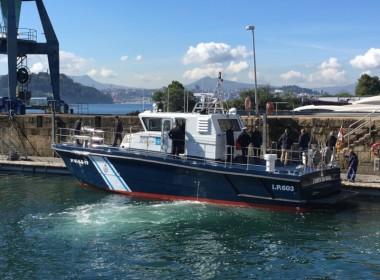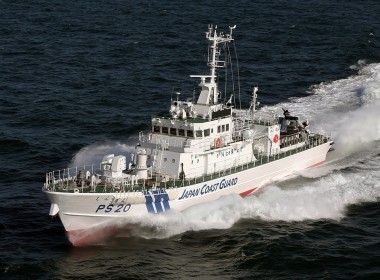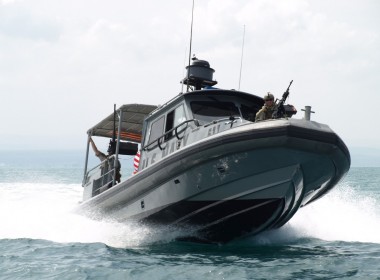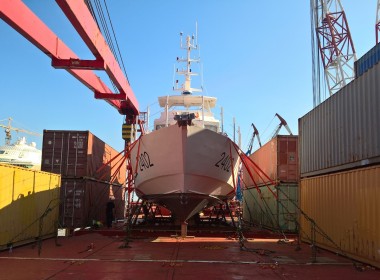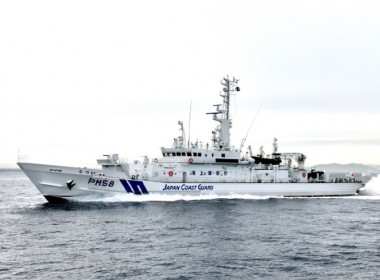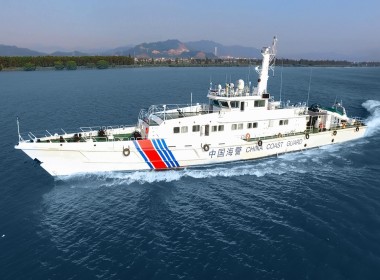US Coast Guard confirms “weight creep” and crew fatigue led to deadly fishing boat sinking in 2017
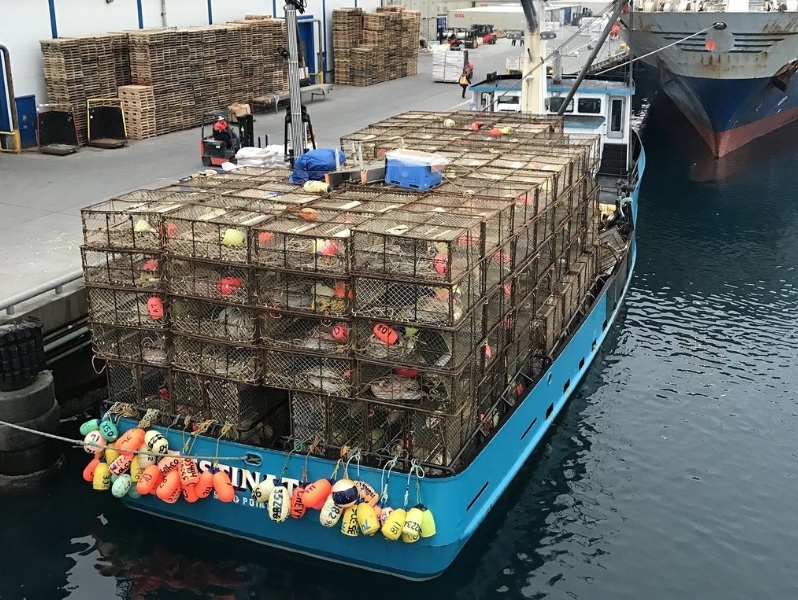
The US Coast Guard’s Office of Investigations and Casualty Analysis has released its findings following a probe into an incident in 2017 wherein six fishermen were killed after their boat capsized and sank in the Bering Sea off Alaska.
The incident occurred on February 11 of that year when the 29-metre commercial fishing boat Destination was lost along with all six of its crewmembers off St. George Island some 30 hours after it left port at Dutch Harbor.
The subsequent investigation revealed that the boat had just completed 27 days of cod fishing when it arrived in Dutch Harbor on February 9, which implies the crew was already suffering from fatigue even before the incident occurred.
Further, the vessel got underway despite multiple National Weather Service (NWS) marine forecasts indicating areas of freezing spray throughout the planned route.
The investigation also showed that the boat’s owner failed to properly use the services of a qualified individual to formally evaluate and update the vessel stability instructions following changes to vessel structure and loading conditions. These included:
- installation of a bulbous bow;
- addition of bulwark on the bow; and
- use of larger, heavier crab pots.
The weight of the larger, heavier crab pots exceeded that of the pots used to formulate the existing and most current stability instructions. Although investigators do not know whether the vessel master referred to existing stability instructions for operating the vessel, the instructions were found to be incorrect, and any decisions based on them would have been faulty.
Additionally, a decision to place an additional 1,397 kilograms of crab bait on top of the five tiers of stacked crab pots raised the vessel’s centre of gravity and further reduced the vessel’s stability.
The coast guard believes that these issues, combined with the master’s decision to depart port with a fatigued crew, active NWS freezing spray warnings in the area of transit, and transit in a heavily loaded condition, negatively impacted the vessel’s stability, contributing to its eventual capsizing and sinking.
Coast guard investigators then identified voluntary actions for owners and operators of similar vessels to consider in order to reduce the likelihood of recurrence. The actions include:
- maintaining an active awareness of vessel stability issues at all times, including the need for qualified individuals and naval architects to update stability instructions and booklets when structural changes are made to a vessel, other equipment or operational gear is changed, or their placement is altered
- attending formalised stability training which should include stability principles regarding overloading, the effects of alterations and weight creep, icing, watertight integrity, deck drainage, and other issues particular to their type of vessel and fishery
- remaining fully aware of “weight creep,” which is the result of modifications and alterations to the vessel that occur over its lifespan; and
- developing a modification and alteration log to help ensure future stability calculations start from an accurate baseline.


